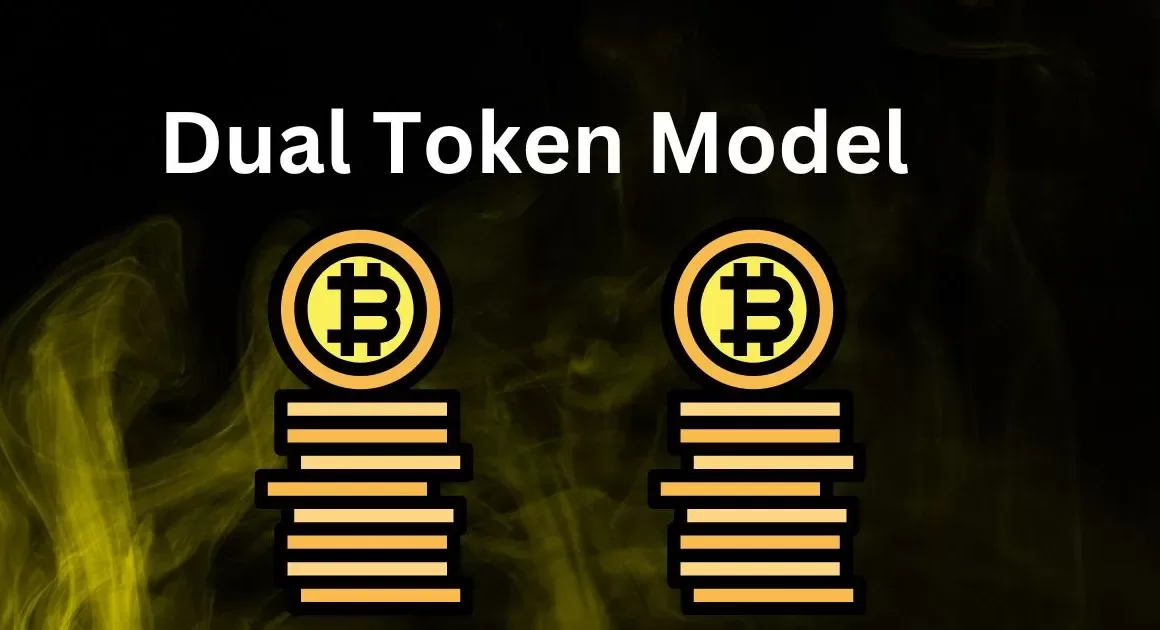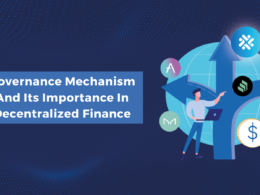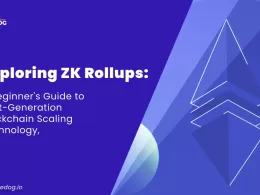Quick Links
There always has been a never-ending debate when it comes to which type of token model is best suitable for crypto projects. Since the emergence of DeFi, NFT, Metaverse, and Gaming, the dual token economy has been widely adopted among different types of protocols. But first, let us understand what led to the formation of the dual token model.
Formation of Dual Token Economy
Both macro and micro aspects led to the formation of the dual token economy. On the macro side, the initial coin offering (ICO) boom of 2017 led to the formation of new tokens that exploded their value and evolved into a plethora of new token sales models. The U.S. Securities Exchange Commission was quick to react to the market manipulation caused by this ICO boom and issued warnings and shut down several crypto projects. In order to avoid the wrath of financial regulators, crypto projects started to introduce a dual token model in which one token is used as security to raise funds and another one is used to fulfill certain roles or activities.
On the micro side, the dual token economy was formed to address the issue of the alignment of incentives between the users and developers of a blockchain platform. In such cases, a governance and utility token was created, respectively. The governance token provides the access to its holders to vote on proposals and make decisions regarding the direction of the platform. On the other hand, the utility token is used for transactions within the ecosystem. This model has been adopted by various decentralized platforms including MakerDAO as a way to ensure a more decentralized and democratic decision-making process, which is in line with the overall philosophy of blockchain technology.
What is the Dual Token Model?
A dual token model in crypto refers to a system in which there are two types of tokens: most commonly, a governance token and a utility token. There can be a distinctive dual token model as well. For example, instead of having a combination of governance and utility, a crypto project can have a security token (used for fundraising) and a utility token (used for internal utilities of the ecosystem). Other common types of dual token models include:
- Stablecoin + Governance Token: In this model, a stablecoin is used as a means of payment and for value storage, while a separate governance token is used for decision-making and voting rights.
- Token + Token: In this model, two different tokens are used in the ecosystem, one as a medium of exchange and the other as a store of value
- Token + Token + Token: In this model, three different tokens are used in the ecosystem of a crypto project, one as a medium of exchange, one as a store of value, and the other as a utility token.
Each of these models has its own advantages and disadvantages and the choice of the model will depend on the specific use case and goals of the project.
Which Crypto Projects should go for Dual Token Model?
A dual token model can be beneficial for certain types of crypto projects. Here are a few examples of projects that may benefit from the dual token economy:
- Decentralized Finance (DeFi): Many DeFi projects use a dual token model, where a stablecoin is used as a means of payment and for value storage, while a separate governance token is used for decision-making and voting rights.
- Blockchain Networks: Such networks need to have a utility token to access the platform, as well as a governance token to allow token holders to participate in decision-making and vote on protocol changes.
- Security Token Offerings (STOs) Projects: STO projects that represent ownership in the underlying assets or company, while a separate governance token is used for decision-making and voting rights.
- Projects that aim to create an ecosystem: Projects that aim to create an ecosystem where different tokens will have different roles, for example, a token as a medium of exchange and another as a store of value, and a third as a utility token.
Is the Dual Token Model Sustainable?
Dual token models can be a sustainable way to structure the tokenomics of a project. But, it depends on the specific use case and goals of the project. Some of the advantages of a dual token model include:
- Flexibility: A dual token model can provide more flexibility for a project, as it allows for different tokens to be used for different purposes.
- Decentralization: By using a governance token, a dual token model can enable more decentralized decision-making, as token holders can vote on protocol changes.
- Legal Compliance: The ultimate purpose of having a dual token model for crypto projects after the fall of the ICO boom was to avoid the wrath of financial regulators. By doing so, the project raised funds in one token and maintained the transaction and internal work through another token. This resulted in compliance with the classification provided by SEC for a crypto project to be called a security offering.
However, there are also some potential downsides to consider, such as:
- Complexity: A dual token model can be complex, and it may be difficult for some users to understand the different tokens and their uses.
- Liquidity: It may be more difficult to achieve liquidity for both tokens, as they may have different demands and use cases.
- Volatility: The value of the two tokens may fluctuate independently of each other, which can make it difficult for users to predict the value of their holdings.
Overall, the sustainability of a dual token model depends on various factors such as the use case, the market demand, the regulatory environment, and the overall performance of the system. The model can be sustainable if it offers a unique value proposition that is in high demand and is supported by a strong and active community. Additionally, the performance of the system in terms of security, scalability, and usability will also play a role in its sustainability.
It’s important to note that the dual token models are relatively new and untested in the crypto space and it’s hard to say if it’s a sustainable model for the long run. It’s still in the experimental phase and more real-world use cases and adoption needed to be seen before determining its sustainability.













